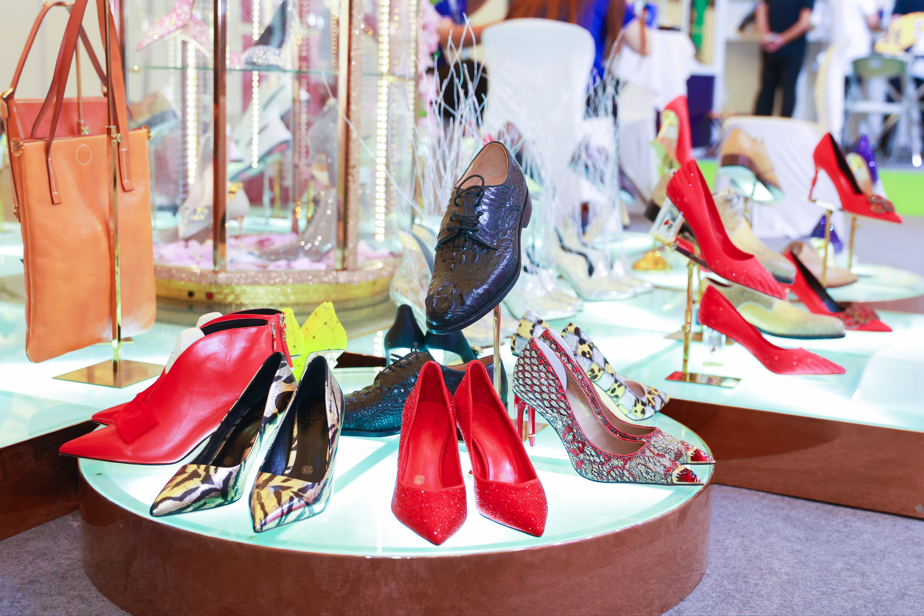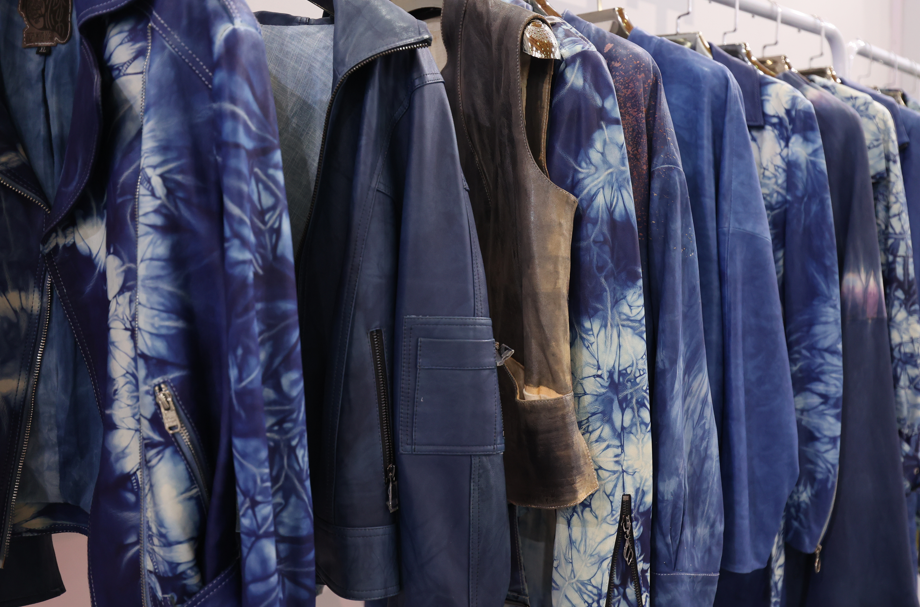Affected by weak
domestic and international demand, the industry faced downward pressure. From
January to June, the sales revenue of key enterprises in the national leather
industry was approximately RMB 410.0 billion, down 0.8% year-on-year. Exports
totaled USD 43.23 billion, a decrease of 7.8%, while imports reached USD 7.53
billion, down 13.6% compared with the same period last year.
Tannery
Key tanning enterprises
reported sales revenue of RMB 27.0 billion, down 6.5% year-on-year. Leather
production was 140 million square meters, a decline of 12.4%.
Imports of raw hides
totaled 707,000 tons, valued at USD 580 million, down 6.2% and 16.4%
respectively. Imports of semi-finished leather reached 313,000 tons, valued at
USD 470 million, up 1.7% in volume but down 10.8% in value. Imports of finished
leather were 18,000 tons, valued at USD 280 million, down 16.5% in volume and
19.2% in value.
Footwear
The sales revenue of key
footwear enterprises exceeded RMB 260 billion, an increase of 0.6%
year-on-year. Production of leather shoes reached 1.23 billion pairs , down by
3.2%.
Exports of footwear
products reached 4.50 billion pairs, valued at USD 21.70 billion, down 0.3% in
quantity and 7.2% in value year-on-year. Imports totaled 90 million pairs,
valued at USD 2.64 billion, down 11.6% in quantity and 9.7% in value. Specifically, exports of leather shoes amounted
to 250 million pairs, valued at USD 3.59 billion, up 0.3% in quantity but down
4.5% in value. Imports of leather shoes were 25 million pairs, valued at USD
1.12 billion, down 20.8% in quantity and 18.8% in value year-on-year.
Leather
Garments
The sales revenue of key
leather garment companies was RMB 3.0 billion, up 12.6%. Exports totaled USD
48.73 million, down 14.5%, while imports were USD 49.31 million, down 9.8%.
Bags
The sales revenue of key
bag enterprises was RMB 53.0 billion, down 2.5%. Exports of bags and cases
reached USD 15.97 billion, a decline of 11.2%, while imports were USD 2.54
billion, down 14.8%.
Challenges
and Opportunities
From January to June
2025, China’s GDP grew by 5.3%. Overall, the economy remained stable with
steady improvement, household incomes continued to rise, and progress was made
in high-quality development, however the international environment remains
complex and volatile.
The
leather industry faces several challenges:
• Weak Market Demand: In the international market, the external
environment continues to undergo profound changes, with intensifying
geopolitical conflicts and a rise in trade protectionism. In particular, the
United States’ implementation of “reciprocal tariffs” has dealt a heavy blow to
the global economy and trade. Domestically, while consumption is recovering,
its momentum remains insufficient and consumer confidence needs strengthening.
Imports and exports will continue to face pressure.
• Competition from Alternatives: Textile fabrics, synthetic
materials, and other substitutes are competing strongly with natural leather.
Sports and leisure consumption is rising, and the preferences of younger
consumers are shifting. The leather industry must accelerate its adaptation to
these market and consumer changes.
At the same time, there
are new opportunities:
• Domestic Market Potential: The Chinese government has
introduced multiple measures. While raising household incomes and strengthening
consumption momentum, it is also actively implementing a strategy of expanding
domestic demand, with greater emphasis on “quality,” “efficiency,” and
“innovation.” This will further unlock domestic demand potential and bring
opportunities for the development of the leather industry.
• Technological Innovation: Advances in science and technology
has laid a solid foundation for a new round of high-quality development in the
leather industry. It enables leather to better meet changing market and
consumer demands in terms of fashion, functionality, and sustainability,
thereby enhancing its competitiveness. At the same time, significant progress
has been made in treatment of waste water, solid waste, and air pollution in
the industry. Digitalization and intelligent manufacturing are being actively
promoted, and the overall quality of industry development continues to improve.
• Leather Promotion: The leather value chain is paying increasing
attention to promotion. CLIA has always regarded this as a priority. In 1994,
it launched the Genuine Leather Mark certification, widely promoting leather’s
natural, eco-friendly, fashionable, and durable qualities. This year, the label
was redesigned and upgraded with traceability features. Each year, the Genuine
Leather Mark Cup fashion design competitions for garments, footwear, bags, and
materials encourage designers and students to deepen their understanding and
use of leather. The Leather&fur My Attitude short video contest has been
held for several years, using platforms such as Douyin, Xiaohongshu, and
Kuaishou to attract widespread attention with strong results. CLIA has also launched
its official video channel, Leather Talk, and partnered with enterprises and
production regions to organize promotional campaigns, such as Leather Fashion
Weeks and collaborations with the China Consumers Association and AutoHome with
leather promotion column. Internationally, CLIA works with Leather and Hide
Council of America and other global organizations to promote leather. Such
efforts across the value chain help stimulate leather consumption and support
sustainable development.
Predictions
Although competition
from synthetic materials, textiles, and other substitutes will intensify in the
future, China’s leather industry is accelerating its pace of technological
innovation, increasing investment in product R&D and design. Leather is becoming
greener, more fashionable, and more functional, with broader application
scenarios, thereby continuously strengthening the competitiveness of leather
and leather products. At the same time, CLIA will work together with the entire
industry chain to further strengthen consumer-oriented promotion of leather, in
order to better stimulate the consumption of leather and leather products.
Looking ahead to 2025,
China’s leather industry will face both opportunities and pressures. Domestic
demand will continue to recover, while international markets, particularly the
U.S., will remain under strain. Overall, the industry is expected to remain
stable, with production holding steady and the decline in imports and exports
narrowing. The market will increasingly favor enterprises with strong R&D
and innovation. China’s leather industry will continue to play a vital role in
supporting global development.



